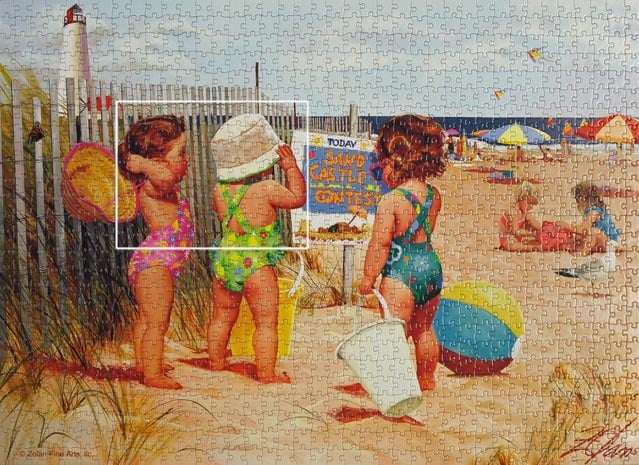A lot of people are trying to figure out what the perfect sales process is. Some are even trying to figure out their ideal customer’s buying process. A few are even trying to align their sales process to their buyer’s process.
If you do an image search for buying or sales process, you will see a lot of very smart people have it all mapped out for you- just pick theirs and you are on your way to growing your business.
Every week we have this conversation with at least one client. This week we were discussing with a client how to design their sales process around their buyer’s process. The natural first step was to document the way their last few customers have bought from them.
And there lay the problem. No two clients buy the exact same way.
The typical buying or sales process goes 1,2,3- in some kind of order. But buyers don’t always do it in order. Especially when there is more than one buyer.
Do we need to have a process and a checklist? Yes. But if you try to force buyers to follow a certain set of steps, it will get frustrating for both of you. Designing a process around a dynamic buyer is tough. It’s less like taking logical steps along a path and more like putting together a puzzle. Just because it doesn’t always follow the steps in order, there still is a process involved when you put together a puzzle.
First we have to know what it needs to look like. Both the buyer and seller have an idea of what the picture looks like, but need to end up agreeing on what the picture is. What’s the story of the problem that needs to be told and understood? In this case, the questions that the salesperson and buyer ask are the pieces of the puzzle. Ask questions that frame and define their problem, just as the borders of a puzzle. If the frame of the problem is one you can help solve, continue with the puzzle.

(Image credit: jigthings.com because board games are still fun.)
Next you may start grouping like colors together as you go through your checklist of questions.
There is the green bathing suit group (Can they tell you it’s a problem because they recognize it themselves?)
Then there's the pieces (questions) for the baby’s hat group (Are they the ones with the authority to solve it?) and so on.
It all needs to fit within the border and fit in relation to each piece. What if instead of worrying what the exact right order of steps are, you focus on designing a process that covers all the pieces necessary to successfully solve the customer's perceived problem?
So how is a company or a salesperson supposed to be able to forecast sales and manage based on a puzzle? I'm going to tackle that question in the next post, but would be interested in your thoughts.
With dynamic buyers having more control thanks to the internet, is it time to re-think how we create our processes for business growth?







